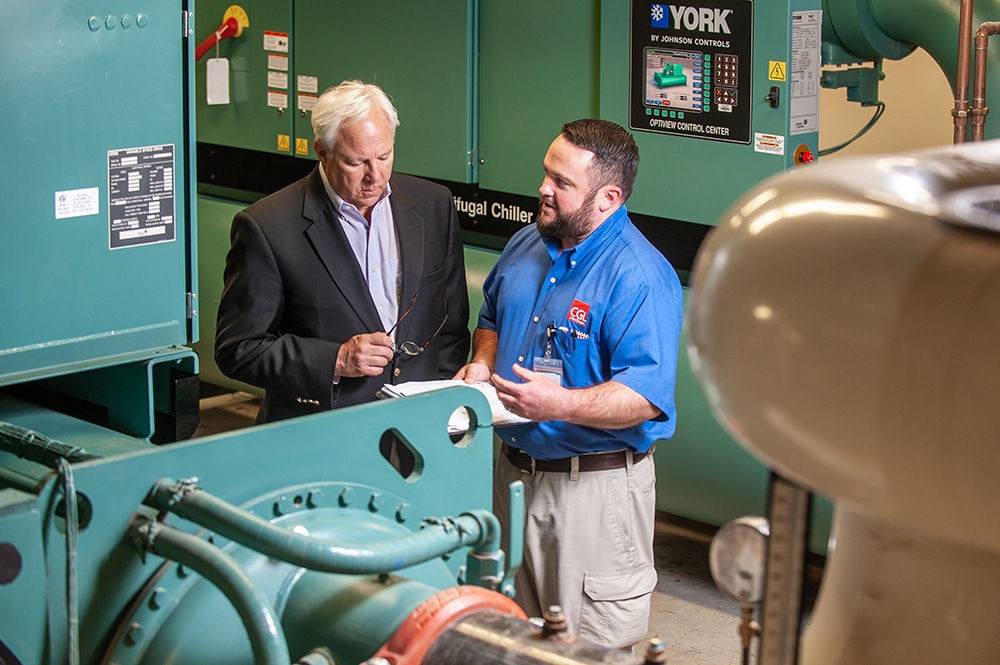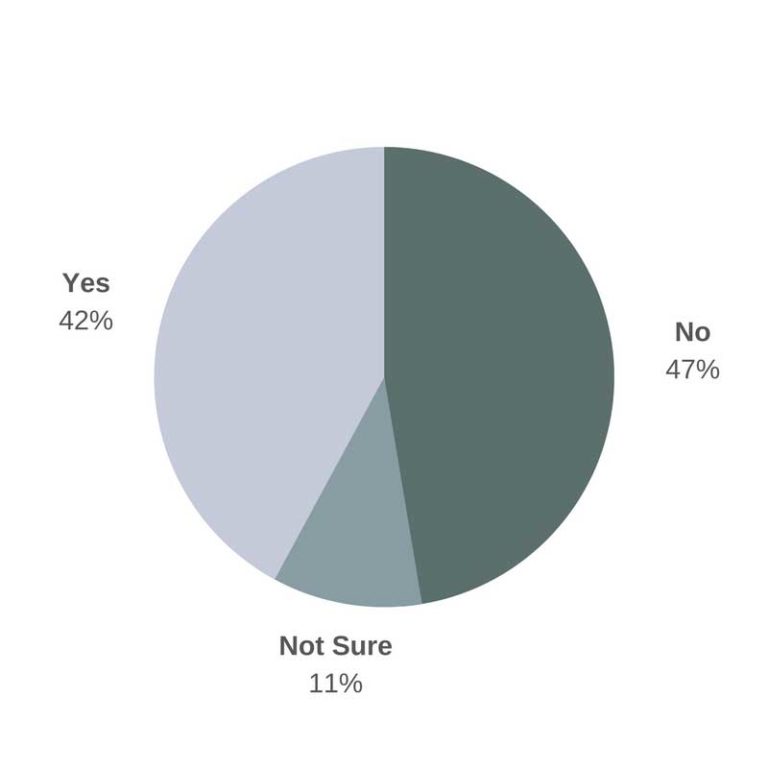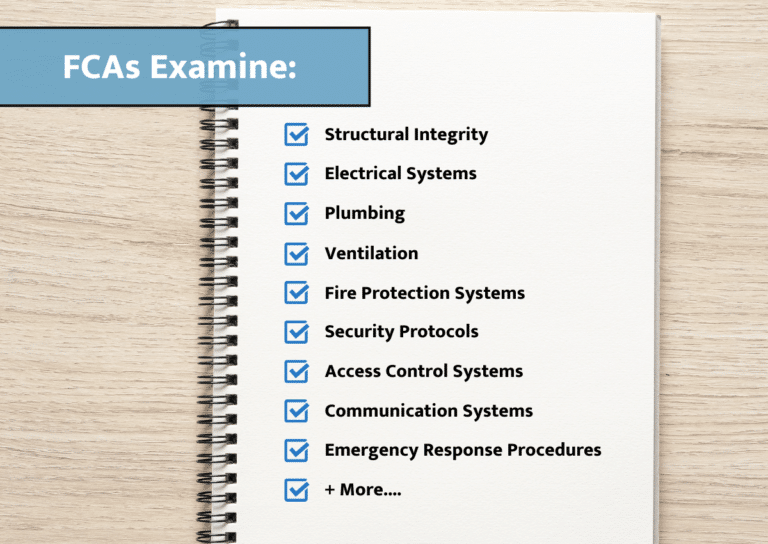One of the questions focused on operational efficiency:
Q: Do you feel you are obtaining all of the operational efficiencies within your budget?
Less than half of all respondents feel they’re obtaining all operational efficiencies within their budget.
Only 42% of survey respondents feel they’re making the most effective and efficient use of funding and available resources in addressing operational needs.
So what’s causing so many to fall short? Without conducting individual analyses, it’s impossible to say for sure. Changes in inmate populations, demographics, treatment, and policies, combined with the effects of the current staffing crisis have rendered many operations and staffing plans outdated and ineffective. Improper staffing of criminal justice facilities not only leads to inefficient and costly operations, but poses a serious safety risk to personnel and inmates.
Cost Efficiency Analysis
In order to achieve safer, more efficient detention and correctional system management and operations, we must start with a thorough understanding of a system’s current conditions, costs, and available resources. A cost efficiency analysis evaluates all costs of a detention or correctional system – from admission to release including medical/behavioral health care, security, maintenance and food services staffing and supply costs, as well as all contracted provider costs.
Whether performed by the agency or an outside expert, the cost efficiency analysis should include a comprehensive assessment of organization, operations, program service delivery, and staffing and take into account the following critical factors:
- Facility utilization – System capacity and how it is used provides the framework along which a correctional system operates. Capacity management drives decisions on the establishment and staffing of officer posts required for adequate supervision of the population.
- Inmate classification – The type of inmates housed in a facility will have a large bearing on the need for supervision and the level of risk present in an institution.
- Inmate movement patterns – The degree of inmate movement and the nature of that movement (escorted or unescorted) relate directly to the degree of control exercised over inmate behavior and the staffing required for that level of control.
- Transportation requirements for court or medical services – The frequency with which inmates leave a facility for purposes such as court appearances or medical services and the distance of these trips will have a significant impact upon staffing requirements.
- Perimeter and interior security systems – The nature of the perimeter or internal security systems that a facility uses can either create a significant demand for additional staff or reduce staffing needs. Technology deployed to provide ongoing surveillance of inmate activity can monitor multiple locations or blind spots in an institution.
- Training policies – The degree to which training activity takes staff away from their duties will create a demand for utility or relief staff, or utilization of overtime.
- Division of responsibility with civilian staff – In any institution, a number of positions come into direct contact with inmates, but they may not require correctional officer staffing. Personal property, dietary, and commissary are just a few examples of functions that may be staffed by civilians, depending upon policy.
- Prioritization of posts – The ability of management to evaluate its post objectively, and to determine which posts can be safely closed under certain circumstances, plays a key role in the efficient allocation of staff for a facility or institution.
- Operating procedures/standards – A facility’s operating procedures and standards set out the blueprint for staffing by outlining required duties and responsibilities.
Interested in learning more about performing a cost efficiency analysis?
Let’s talk: Bsassatelli(at)cglcompanies.com






